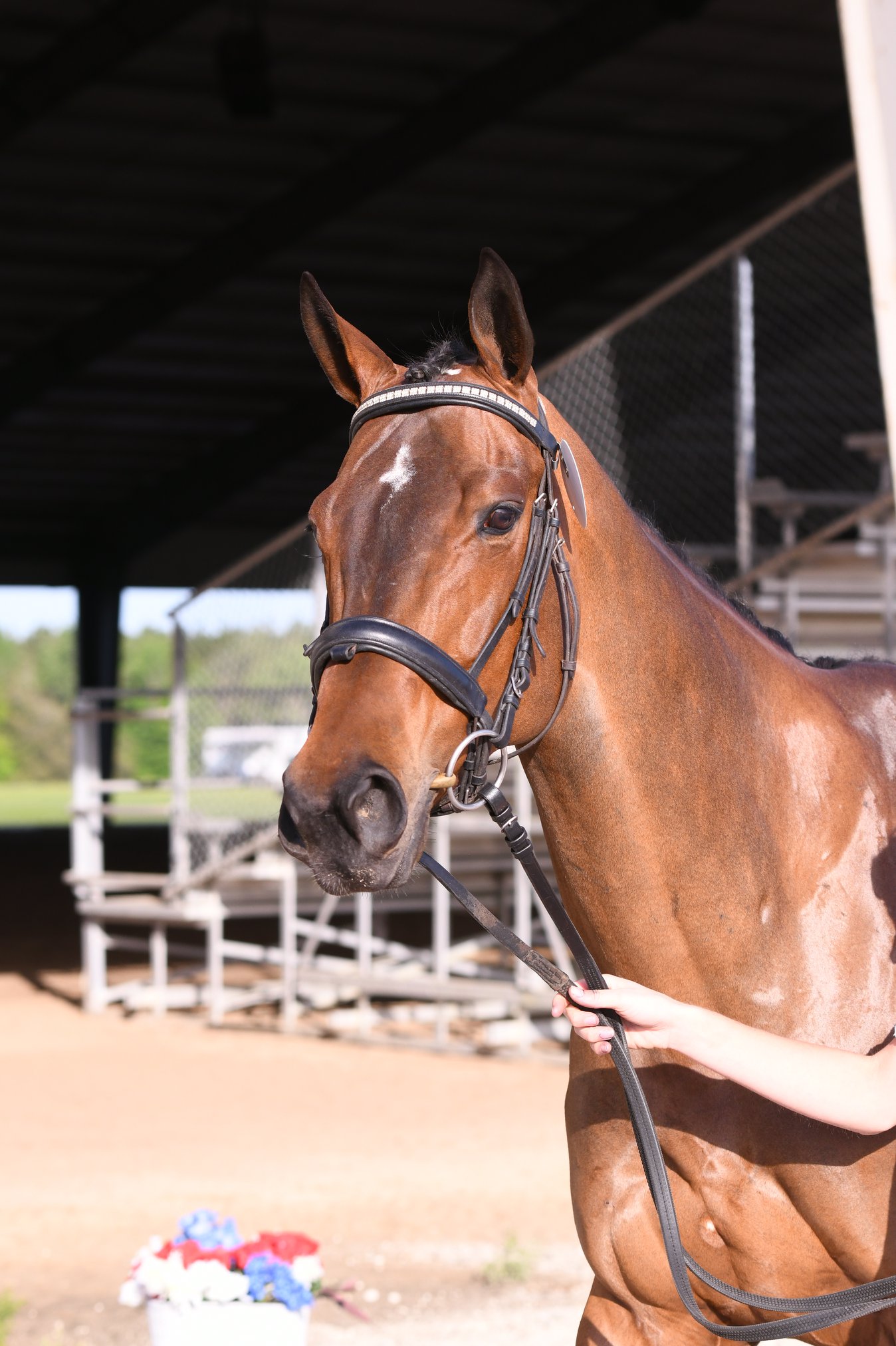 William Fox-Pitt gives Bay My Hero a pat on the Rolex cross country course. Photo by Rare Air Photography.
William Fox-Pitt gives Bay My Hero a pat on the Rolex cross country course. Photo by Rare Air Photography.
A recent conversation with my trainer got me thinking: what does it mean to have a “type”?
I used to think that being able to (and enjoying) riding “hot” horses made you a credible rider. So I tried to ride those hot horses and ended up making them hotter by grabbing their face and pinching my knees. In turn, my confidence plummeted and I found myself too timid to jump a 2-foot fence.
So then I went in the opposite direction, gravitating towards plucky school horse types that you had to kick and prod to get any sort of forward momentum. I believed that this was all I was capable of riding, and again I failed to make progress with my riding.
When it came time for me to horse shop last year, I asked myself some honest questions. What do I want out of this horse? What personality do I want it to have? What are my expectations? Realistically, what type of ride do I do my best with?
I got lucky with my horse, who was purchased sight unseen. What I had in my barn was a sane, willing albeit slightly opinionated, forward thinking but not hot, strong but not rip-your-arms-out-of-their-sockets, brave young horse who may not end up being the scopiest thing in the world but will suit me just fine for my goals in the near future.
It led me to think of a rider’s type, and how adapting your riding to become a better partner for your horse can be the most beneficial choice to make.
I had a conversation with a co-worker awhile back about William Fox-Pitt’s horses. How they all seem to have similar ways of going and personalities (from sheer outside observation). My colleague brought up the point that William has the luxury of choosing the horses he wants — and while this is true, he still knows himself and his riding to know what type of horse he can be most successful with.
To address the other side of this conversation, there are absolutely situations in which riders will “take what they can get,” so to speak — and multiple success stories coming from this approach. Not all riders have the luxury of choice, that I completely understand.
But another helpful point my trainer brought up was the ability and willingness to adapt to your horse in order to create a better and safer partnership. Yes, you may have struck a bargain on a horse that others don’t want or you may have slim choices of quality horses — but you adapt yourself and your ability to be able to get to a safe point with this horse.
Having a type is something to keep in mind. Just because Buck Davidson can pilot a broomstick around a three-star course doesn’t mean you have to as well. Just because watching a “quiet” horse mosey around cross country safely and confidently isn’t as “thrilling” as watching a cross country machine hot-head of a horse blaze around doesn’t mean the former is less credible.
Honing your ability to adapt and evolve, along with knowing yourself and what limits and boundaries you have when it comes to your horse, can only help you become the best rider you can be. Whether that means you end up representing your country in the Olympics or you successfully navigate a Beginner Novice course — comparing yourself to what others’ types are will only be a source of confusion.
Stick to what you know about yourself and you might find that your goals and dreams quickly become a reality.






















